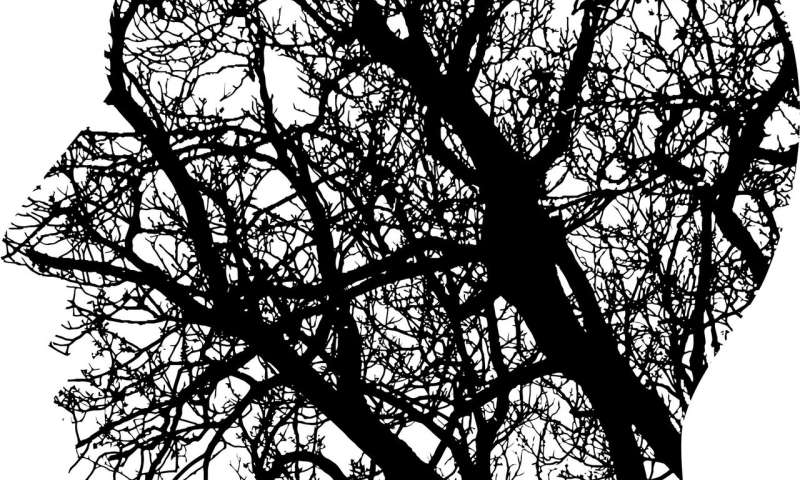
Specialists of the UMH university of Alicante, Spain, have detected brain damage in patients with cervical hernias by using neuroimage and artificial intelligence techniques.
A new study shows that compression of the spinal cord caused by cervical hernias does not only cause alterations below the injury, as it can also cause significant damage to the brain. The research has been conducted by a multidisciplinary team of the Miguel Hernández University (UMH) and the Centre for Biomedical Research Network of Bioengineering, Biomaterials and Nanomedicine (CIBER BBN), in collaboration with company Inscanner SL and the Department of Neurosurgery of the Hospital General Universitario of Alicante.
The study has been published in scientific journal European Radiology. Co-author of the study and director of the Biomedical Neuroengineering Group of the UMH, Eduardo Fernández Jover, explains that over 80 percent of people over the age of 60 have wear on the cervical area of their spinal column. A majority does not suffer any symptoms, but sometimes this wear can cause pain and stiffness in the neck, as well as tingling and numbness in their arms. In some cases, it can also affect their legs, and can even lead to difficulty when walking, as well as other symptoms such as alterations when attempting to control their sphincters. All these issues are a result of the compression of the spinal cord or the nerve roots that emerge from between the vertebrae, which is why, until now, medical attention had essentially focused on what happens below the injury.
According to the co-author and member of the team of Inscanner SL, Ángela Bernabeu, one of the most important challenges has been applying advanced medical neuroimaging tools and techniques to try to better understand what happens in the brain of chronic patients with compressive injuries due to cervical hernias. These techniques have made it possible to study the cerebral cortex as well as the nerve fibers of the white matter and the patterns of connection between the different cerebral areas, which makes it possible to detect pathological changes that can not be seen with conventional magnetic resonance studies.
The results of the study show that there are also changes on a cerebral level and in the communication pathways of cerebral signs, which manifest themselves mainly through cortical atrophy and damage to the sensory and motor cortex. These changes, that were unknown until now, can help to better understand the clinical evolution of many patients, as well as opening new paths to diagnose and treat this common pathology.
Source: Read Full Article